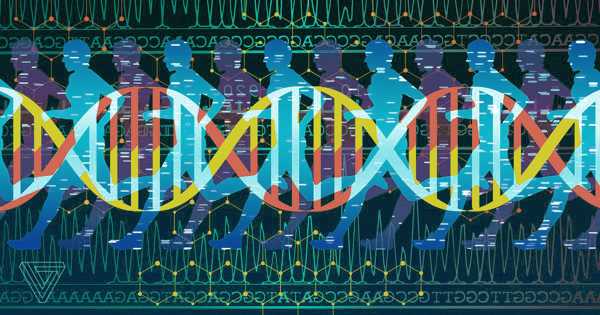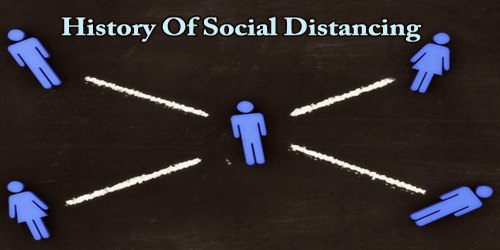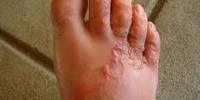A man’s claim that he is the great-grandson of famed Native American chieftain Sitting Bull, who commanded Lakota warriors through years of struggle against the US government, including the Battle of Little Big Horn in 1876, has been backed up by DNA obtained from a lock of hair. The first time ancient DNA has utilized to establish a live person’s relationship with a historical figure.
Scientists employed a novel way to assess family lineages from ancient DNA fragments using “autosomal” non-gender specific DNA, which means genetic matches, can examined whether the ancestor is from the mother or father’s side, and according to a study published in the journal Science Advances. They succeeded after 14 years of trying to extract usable DNA from a small fragment of Sitting Bull’s hair and compared this autosomal DNA to genome-wide data from Ernie LaPointe, who is still alive and widely regarded as Sitting Bull’s closest living descendent, as well as other Lakota Sioux people.
The analysis revealed that LaPointe was Sitting Bull’s great-grandson and closest surviving descendant. “Many individuals have tried to cast doubt on me and my sisters’ relationship with Sitting Bull throughout the years,” Lapointe said in a statement. His claim to the bloodline is now unquestionable. Sitting Bull’s bones, according to Lapointe, today interred at Mobridge, South Dakota, in a location that has little resemblance to his culture or traditions. He believes that this new legitimacy will aid attempts to return the remains to a more suitable site.
Sitting Bull, or Tatanka-Iyotanka was a Lakota Sioux chief who notably led 1,500 warriors against General Custer and the United States Army in the Battle of the Little Bighorn in 1876. The Native American triumph seen as a proud emblem of resistance to North American colonialism and a watershed milestone in American history, Sitting Bull was killed by the “Indian Police” operating on behalf of the US government fourteen years after the war.
“From the time I was a child, Sitting Bull has been my hero. I respect his bravery and determination. That’s why, in 2007, I nearly choked on my coffee when I read in a magazine that the Smithsonian Museum had decided to return Sitting Bull’s hair to Ernie Lapointe and his three sisters, in accordance with new US legislation on museum object repatriation,” said Professor Eske Willerslev of the University of Cambridge and the Lundbeck Foundation GeoGenetics Centre. “I wrote to Lapointe, explaining that I specialize in ancient DNA research and that I adore Sitting Bull, and that it would be a tremendous honor if I could match the DNA of Ernie and his sisters with the DNA of the Native American leader’s hair when it was given to them.”
The researchers think that their findings demonstrate how autosomal DNA might utilize to solve a variety of historical puzzles. Traditional approaches to DNA analysis look for a genetic match between specific DNA in the Y chromosome passed down from father to son or, if the deceased was female, specific DNA in the mitochondria passed down from mother to child. Autosomal DNA, on the other hand, is inherited from both the mother and father. Conventional DNA research would not have been able to connect Lapointe to Sitting Bull in any of these situations.
“In theory, you could look into anybody you wanted, from criminals like Jesse James to the Romanovs, the Russian tsar’s family.” “If ancient DNA – often retrieved from bones, hair, or teeth – is available, it may be studied in the same manner,” Professor Willerslev explained.
















